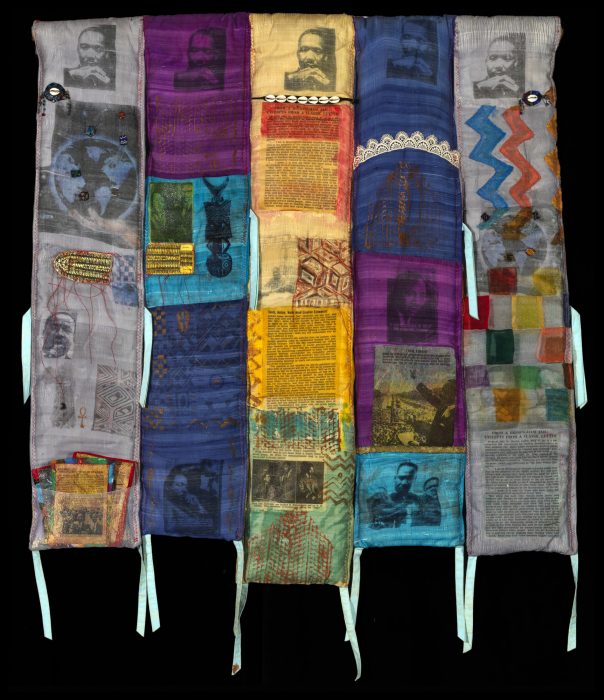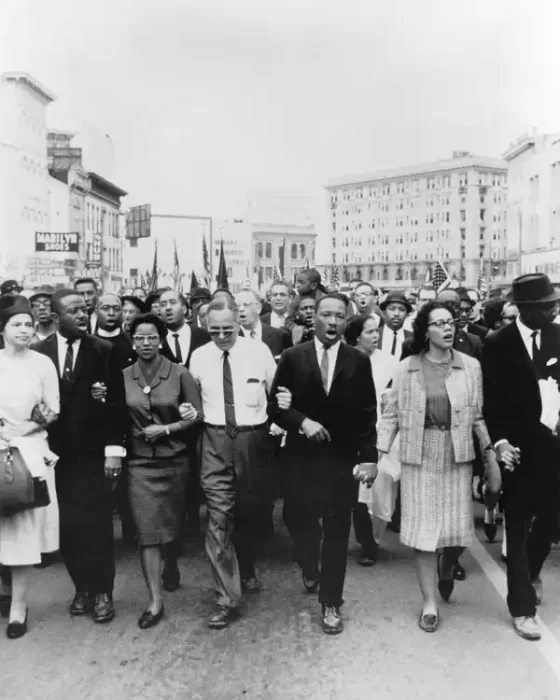Explore MLK’s Life and Legacy Across the Smithsonian
On the third Monday in January, Americans pause to reflect on the life and work of Martin Luther King, Jr. A prominent minister and civil rights leader, King utilized nonviolent resistance to champion desegregation, voting and labor rights, and other issues in the fight for African American equality.

You can honor King’s legacy today by engaging in acts of service in your community. You can also discover more about his story and impact on the civil rights movement with these resources from across the Smithsonian.

(Quilt of silk, photo transfer, gel medium, dyes, and beads, 1996. Smithsonian American Art Museum, Gift of L’Merchie Frazier in memory of grandparents Watty and Alberta Frazier and James and Merchie Dooley, 2002.41.)
- See art, objects, and photographs related to Martin Luther King, Jr.’s life and legacy from the Smithsonian’s collections.
- Here are five surprising facts you may not know about Martin Luther King, Jr. from the Smithsonian’s National Museum of African American History and Culture.

- On August 28, 1963, King delivered one of the most notable speeches in American history — but did you know that parts of the “I Have a Dream” speech were improvised, including that famous line? Trace the evolution of this iconic moment with the Smithsonian’s Sidedoor podcast
- While the “I Have a Dream” speech was a pivotal moment in U.S. history, King’s impact went far beyond this single story. Educators share materials that can be used to expand our understanding of King’s work and influence in Smithsonian magazine.

- As a Baptist minister, Martin Luther King, Jr. was part of a strong thread of Black religious leaders who have born witness to injustice, brought their communities comfort, and led the way in seasons of protest. Learn more about this tradition in the new exhibition Spirit in the Dark: Religion in Black Music, Activism, and Popular Culture from the Smithsonian’s National Museum of African American History and Culture.
This article was originally published by the Smithsonian Office of Advancement’s e-newsletter.
Posted: 16 January 2023






